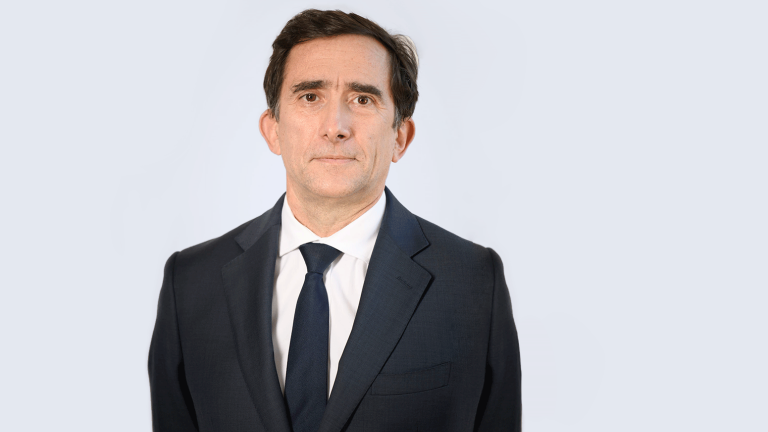Editorial - February
After many discussions and controversies, gas and nuclear power have been introduced into the European taxonomy as transition energies.
This is a big turnaround, as these two energies were totally excluded originally; the first because, even if its emission rate is lower than that of coal, it remains a fossil fuel. As for the second, the matter is less straightforward.
By construction, nuclear power is clean in terms of CO2 production, but German opposition (Germany having decided to exit nuclear power after the Fukushima accident) has long blocked the inclusion of this energy in the energy mix.
So what happened?
A dramatic increase in the price of gas in 2021, which continues to rise in 2022. As a result of the gas price-based electricity price mechanism, it is being accompanied by a simultaneous surge in electricity prices.
This gas problem has multiple origins:
- A change in contract arrangements wanted by the European Union (from long-term contracts to "spot" contracts).
- Demand exacerbated by the drop in electricity generation from renewable energy in Germany (particularly in wind power due to the lack of wind that has reduced wind-generated electricity by 11%) and nuclear-related difficulties in France.
- But also supply constraints with the delay in signing the agreement with Gazprom, with European regulations requiring the company to first comply with European rules.
It is clear that the conflict surrounding Ukraine is only exacerbating the situation.
It seems counter-intuitive to open the door to gas, when prices are currently so high. But the European Union is also facing another challenge : how can the energy transition objectives as they have been defined without gas be achieved, when the world is suffering from shortages (inability to obtain the necessary parts for the production of electric vehicles) and "green" electricity storage technology is not yet fully ready?
Another issue is looming in the not-so-distant future (2024 or 2025). By this time, it is feared that the production of raw materials necessary for the energy transition will be prevented by insufficient investment (copper, lithium, aluminium, palladium, etc.), with predictable effects on the prices of these materials…and on those of green energy.
Furthermore, Europe does not produce any of these raw materials. They are concentrated in North America, Australia, Russia and certain emerging countries (Chile, South Africa, etc.).
As a result, the European Union will replace fossil fuel dependence with a dependence on rare raw materials…and on wind. The solution would be to restart production of these raw materials in Europe. However, the recent Serbian decision to cancel a planned lithium plant highlights another dilemma: the environmental cost of such production. European populations are not ready to see these industries pop up everywhere in their own countries.
The European Union therefore seems to be facing a contradiction between two objectives:
- An environmental strategic choice that comes up against the limited production capacity of raw materials necessary for this transition, unless costly and polluting investments are revived, which are impossible in Europe.
- A desire to win back sovereignty that requires re-industrialisation that cannot be done without access to abundant, continuous and competitively priced energy, which is currently incompatible with green energy.
It is difficult to imagine how this dilemma will be resolved in the medium term and how the re-industrialisation of European economies can be implemented. In any case, energy prices will remain high, with consequences for households' fixed costs.
Written by

Lucile Loquès
Director of the International Equities division
February 21, 2022
Covéa Finance, a portfolio management company of the MAAF, MMA and GMF groups with share capital of €24 901 254, incorporated as a single-person simplified joint stock company, registered with the Paris Trade and Companies Register under number 407 625 607 and approved by the French Financial Markets Authority under number GP 97 007.
This document is produced for information only and cannot be considered as an offer to sell or investment advice. It does not constitute the basis for any commitment of any kind, nor a strategy assessment or any recommendation to invest in financial instruments. It contains general and non-personalized opinions and analyzes designed by Covéa Finance on the basis of figures that it considers reliable on the day of their establishment depending on the economic context, but the accuracy and validity of which are however not guaranteed. The views expressed in the document are subject to change without notice. Covéa Finance cannot be held responsible for any decision taken on the basis of information contained in this document. This document is the intellectual property of Covéa Finance. Any Use (defined below), reproduction or distribution of all or part of this document must be subject to the prior authorization of Covéa Finance. The recipient of this document is aware of and accepts that the quantified data, allowing the establishment of general and non-personalized opinions and analyzes, may be subject to the acquisition of rights vis-à-vis third parties. Therefore, the encrypted data may under no circumstances be the subject of any use by the recipient of the document without the prior acquisition of the necessary rights directly from the third party holders of these rights. Furthermore, the recipient of this document is aware and accepts that Covéa Finance will in no way be responsible for any use made of said encrypted data and will alone assume all the consequences vis-à-vis third parties who hold the rights associated with this data. "Use" is understood as, and without limitation, the manipulation of encrypted data, distribution, redistribution, integration into an information system or into documents of all types.


